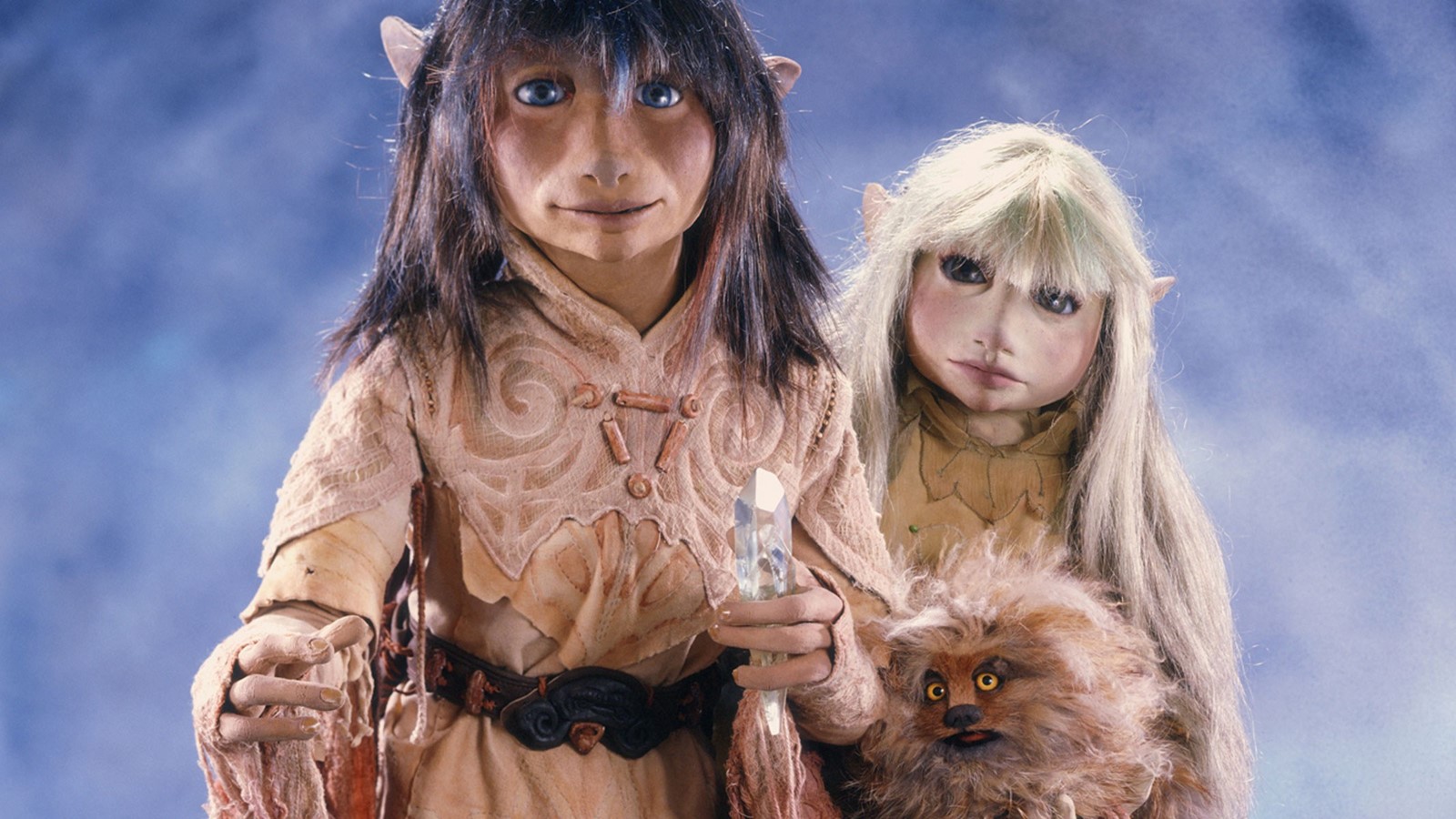The artist behind mythical favourites like The Dark Crystal and Labyrinth opens up his fantasy world
Brian Froud is the fantasy visionary whose name you may not know, but whose work you’ve definitely encountered if you came of age in the 80s or 90s. His instantly recognisable imagery likely both captivated and frightened you as a child, lingering long after you saw his otherworldly creature designs in Jim Henson’s Labyrinth (1986) and The Dark Crystal (1982), two films on which he served as the conceptual designer – and the latter of which was initially inspired by his artwork. Over three decades later, fans are as enchanted as ever by Froud's mythology, particularly The Dark Crystal's mysterious, haunting world: amid the release of Funko Pop collectibles, a licensed novelization (Shadows of The Dark Crystal), a sequel comic book series (The Power of the Dark Crystal) and an official visual guide (The Dark Crystal: The Ultimate Visual History) over the past few years, Netflix has announced its very own prequel series, with both Froud and the Jim Henson Company at the helm.
Froud first met Henson back in the late 70s, after someone had gifted him a copy of the illustrator’s 1977 art book, The Land of Froud. Enraptured by the fantastical images contained within its pages, Henson moved quickly to bring the artist onto his team for The Dark Crystal. “Jim, for some reason, chose me. He saw my work in my book and thought that was the look he wanted for the movie,” says Froud, a self-professed fan of The Muppets. Soon, he found himself in New York City, working alongside the entertainment industry legend to craft the cult 1982 epic about a peaceful planet, Thra, ravaged by an evil force called the Skeksis.
The Skeksis, monsters with sharp beaks, fierce, beady eyes, gangly claws and twisted bodies, presented an uncompromising vision of fantasy-horror, the kind of nightmare fuel that endures. The design was pure Froudian enchantment: equal parts ethereal and monstrous, and darkly beautiful in its meticulous craftsmanship.
Working on the film was “a wonderful experience,” Froud recalls. “I had no idea I could do it. (Jim) saw something in me I didn’t know I had. He also had no idea that I could sculpt as well as draw, so that was an added bonus… It was a really amazing journey for us all. We were pioneering the techniques of how to create puppets that were more sophisticated and more expressive than anybody had done before, so it was hard work, but it was an absolute joy every day.”
That “hard work” largely manifested itself in the form of practical effects. In order to build a fully immersive world with creatures that not only appeared real, but felt real and “mythic and ancient,” the team behind The Dark Crystal had to navigate a very unique set of challenges. Despite the restraints, they triumphed – sometimes in ways they hadn’t expected to.
“I remember for about three weeks Jim, Frank Oz, and myself had meetings with the special effects people. It was for the banquet scene for the Skeksis where bugs run across the table and one of the Skeksis picks him up and eats it,” Froud says, laughing at the memory.
“The special effects people tried to build a track which we were gonna put the creature on and it would run around and stop at various places on the table, but we were not getting anywhere nearer to what we wanted to do,” he continues. “So I said to Jim, ‘Remember when kids would play with those little wind-up things that would scuttle around? That could work!’ So we tracked down a little toy shop and I stuck on some black feathers and suddenly we had our creature. We just wound them up with a little clockwork and let them go on the table! So it grew from being this very expensive, mechanical, technological thing to this creative little solution.”
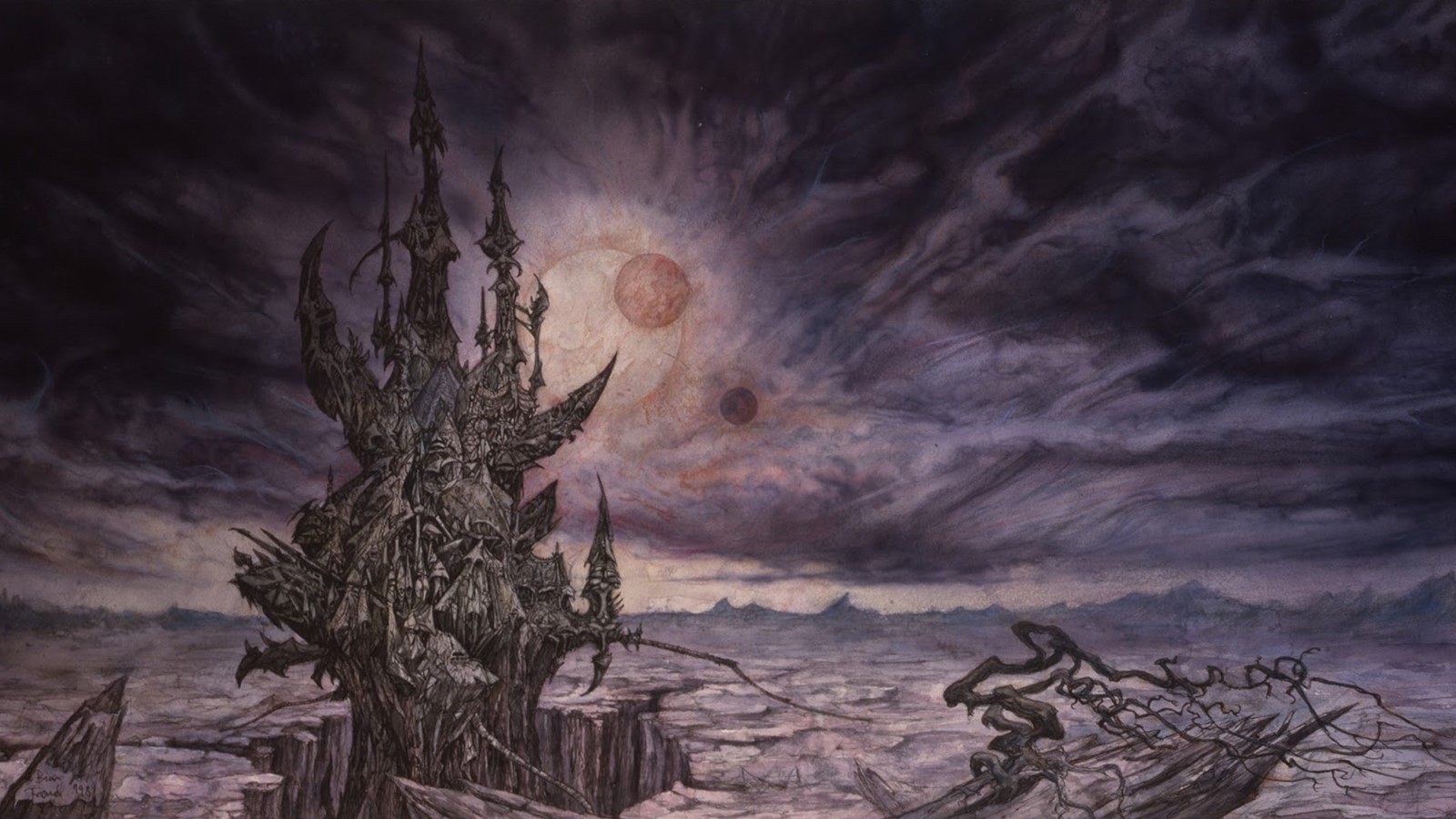
Released in 1982 to mixed reviews, the film turned a profit but was largely overshadowed by movies like E.T. the Extra-Terrestrial. Speaking to Devon Today writer Guy Cracknell in 2001, Froud recalled the somewhat disappointing reception. “The problem was E.T. had been released around the same time, and The Dark Crystal was touted as a special effects film, which it wasn’t,” he insisted. “It was all live action, shot in real time, with the creatures performing, which is how I designed them.”
There was another silver lining, however. It was working on the creature designs for The Dark Crystal that Froud met Wendy Midener, a master dollmaker and fellow fantasy enthusiast hired straight out of college. Midener, who also crafted Yoda for Star Wars: The Empire Strikes Back (1980) alongside Frank Oz, sculpted the heads for the whimsical Gelflings, Jen and Kira.
“The most amazing part was the freedom we were given to explore, experiment and create without the restrictions of time and money that inevitably are a part of any film work today,” Wendy says of her and Brian’s experience working on set for The Dark Crystal. “We worked as a dedicated team, led by Jim and Brian – in their own ways, the most creative people I’ve ever worked with – with each of us contributing specific skills and ideas. They both allowed each of us to truly engage in the creation of the world we were creating.”
In 1980, less than two years after their production studio meet-cute, Froud and Midener would marry in an intimate ceremony near their home in England. “Brian and Wendy met in New York during preproduction for The Dark Crystal,” Cheryl Henson, says daughter of Jim Henson and President of The Jim Henson Foundation. “Their individual work was their own, yet each complemented the other’s so beautifully… Jim was so pleased to see that they found each other and our family danced at their wedding.”
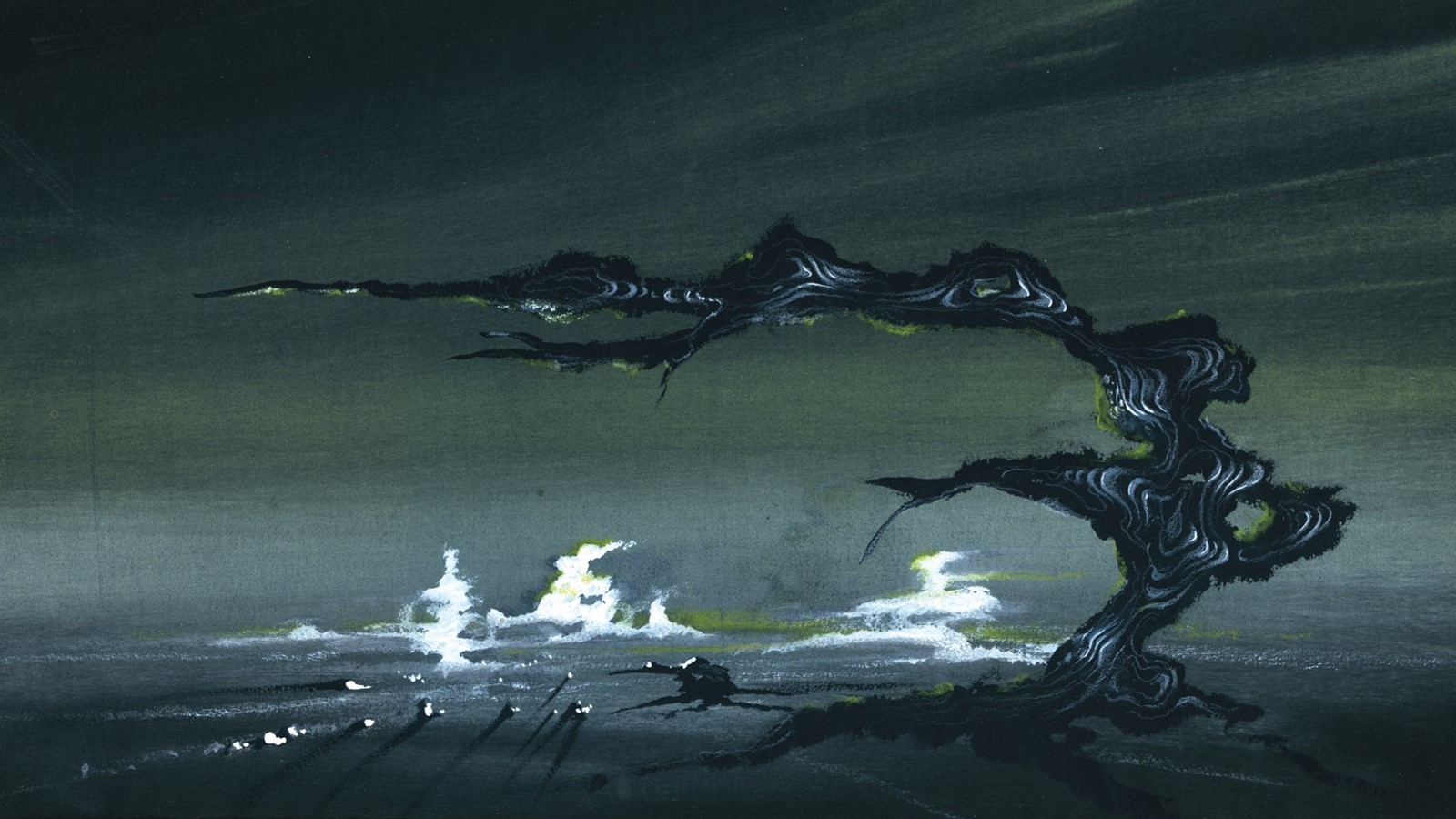
The two would collaborate again on Henson’s 1986 fantasy classic Labyrinth, in which their son, Toby, played the baby of the same name: 15-year-old Sarah’s (Jennifer Connelly) striped pajama-wearing baby brother, who gets spirited away by Jareth, the Goblin King (played by the late David Bowie).
“My father literally creates worlds,” Toby, who was about two years old when he appeared in the film, says. “He creates the beauty of this other realm, with faeries and goblins and creatures. The funny thing for me is that’s what I call reality… I grew up surrounded by his paintings and my mother’s beautiful dolls.”
For decades, the Frouds have lived in a 15th century house four hours southwest of bustling London, in a moorland area of Devon called Dartmoor. Bursting with rolling green hills, crumbling castles, mossy forests and trickling brooks, their homestead is the quintessential breeding ground for faerie lore – and the inspiration for much of the multi-talented family’s artistry, particularly Froud’s signature faeries.
“When it comes to faeries, Brian and Wendy Froud are the real deal. They approach their work with absolute integrity and I believe that my father understood that and appreciated them as artists who were completely true to their vision. Jim was enamoured with Brian’s vision, his ability to conceive of a world similar to ours but different, an alternate reality where faeries, elves and creatures of all sorts live,” Henson says, adding that “Jim loved visiting Brian in the village of Chagford in Devon, England.”
“People often accuse me of being a fantasy artist. But I say, ‘No, I’m not. I’m a realist!’ They are the spirit of the landscape, the spirit of the land, the part I walk through. They’re also how I see the world, how I emotionally feel about the world” – Brian Froud
“The rich landscape around Chagford was alive with possibilities and Jim saw how Brian drew inspiration from nature as well as from his imagination,” Henson continues. “Brian’s creatures were rich with character and mischief. Jim knew that they would make wonderful puppets to bring to life on screen and he was thrilled to get to do so with both of his films The Dark Crystal and Labyrinth.”
“When we look at (Brian’s) images we are seeing something that we believe exists in some other world or even somewhere in our own world. Many, many people have said that when they ‘see’ faeries, what they see looks just like Brian’s paintings. That’s because he is reaching into the other world and bringing those true images back with him,” Wendy adds of her partner’s signature work, while Froud himself insists that his faeries are quite real.
“People often accuse me of being a fantasy artist. But I say, ‘No, I’m not. I’m a realist!’ They are the spirit of the landscape, the spirit of the land, the part I walk through. They’re also how I see the world, how I emotionally feel about the world.”
Far from the untouchably beautiful, angelic faeries of more whimsical tales, Froud’s fae folk, which have danced across the pages of more than 10 collectible illustrated books – including the bestselling Lady Cottington’s Pressed Fairy Book – possess a delightful range in personality: they’re vain and naughty and playful and wistful and mischievous. His watercolor nymphs are as diverse and eccentric as their human counterparts, which perhaps is why they are so irresistible to longtime fans.
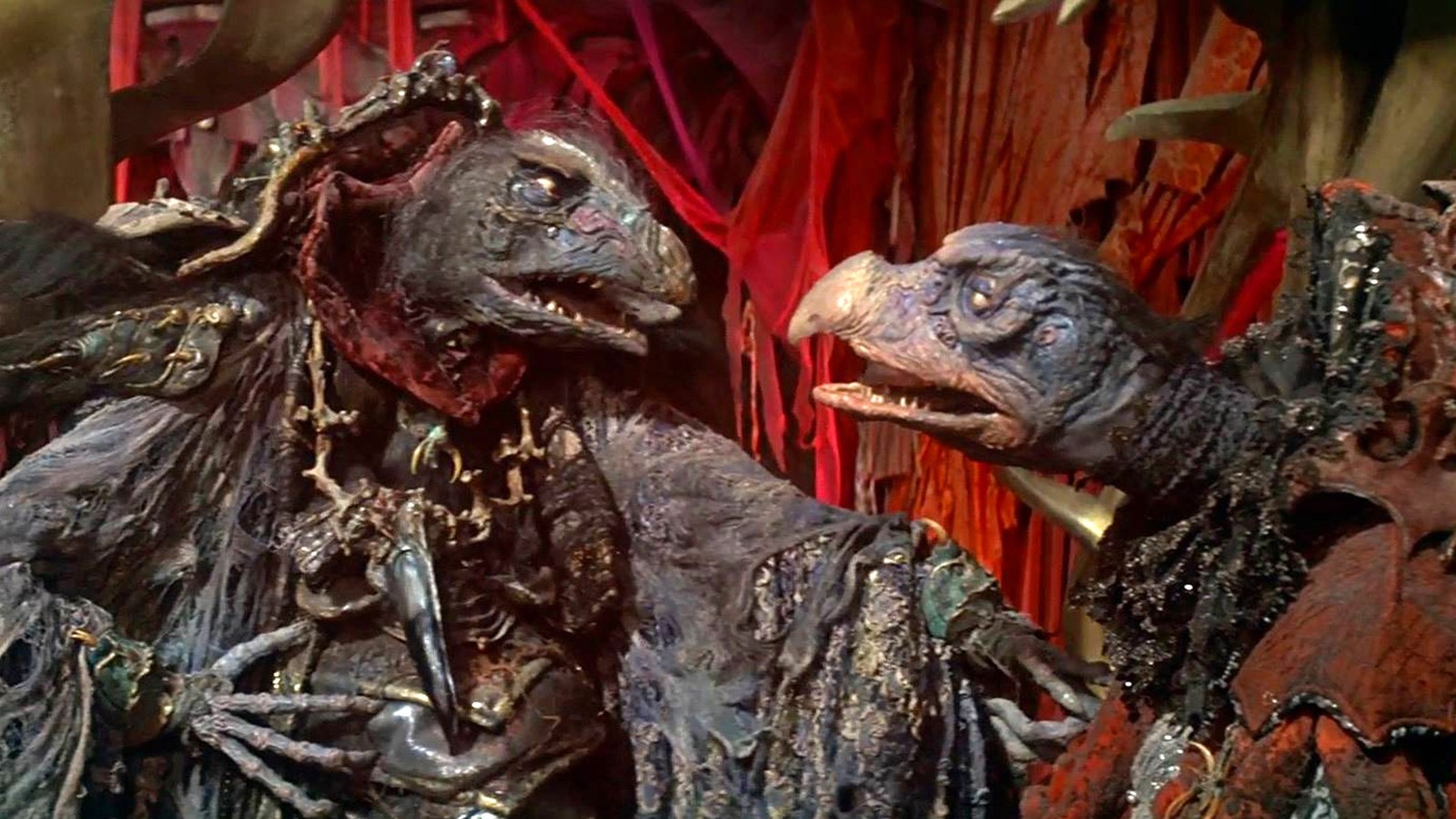
Philip Murphy, a cartoonist at BOOM! Studios (Adventure Time) who is currently working on an adult Labyrinth coloring book, is no stranger to the charms of Froud’s imagery. “Froud’s work will forever be the images I think of whenever I see the words ‘faeries,’ ‘goblins’ or ‘trolls,’” he shares. “As someone growing up in Ireland it was fascinating seeing Froud’s illustrations put to the creatures I heard stories about, and Froud was one of the many influences that drove me to want to become a cartoonist.”
“My grandmother was a faerie fanatic, and she got Brian and (Tolkien illustrator) Alan Lee’s book Faeries about the time it came out. I was little then, and going to her house I got to go through her books, that being one of them,” Julie Baroh, curator of Seattle’s Krab Jab Studio and a fantasy artist for Magic: The Gathering, says. “It was absolutely magical for me. I would fall lost within the pages; I loved the way Brian would inject his creatures with joy and humour.”
Baroh, whose gallery recently exhibited Froud’s work in a show called “The World of Fae,” shares that the family has “contributed so much to the fantasy world at large,” from Wendy’s practical designs to Brian’s concept art to Toby’s sculpting work for LAIKA, the stop-motion animation company responsible for films like ParaNorman (2012) and Kubo and the Two Strings (2016). Even today, the Frouds are keeping it all in the family.
In May, Netflix announced a prequel series to The Dark Crystal, Age of Resistance, prompting many fans to wonder if Froud would be involved in the project. He is – and so is his son who, speaking to Faerie Magazine, revealed that he is “working alongside (his) father” to craft conceptual designs for the forthcoming show, of which the Jim Henson Company is currently keeping tightly under wraps.
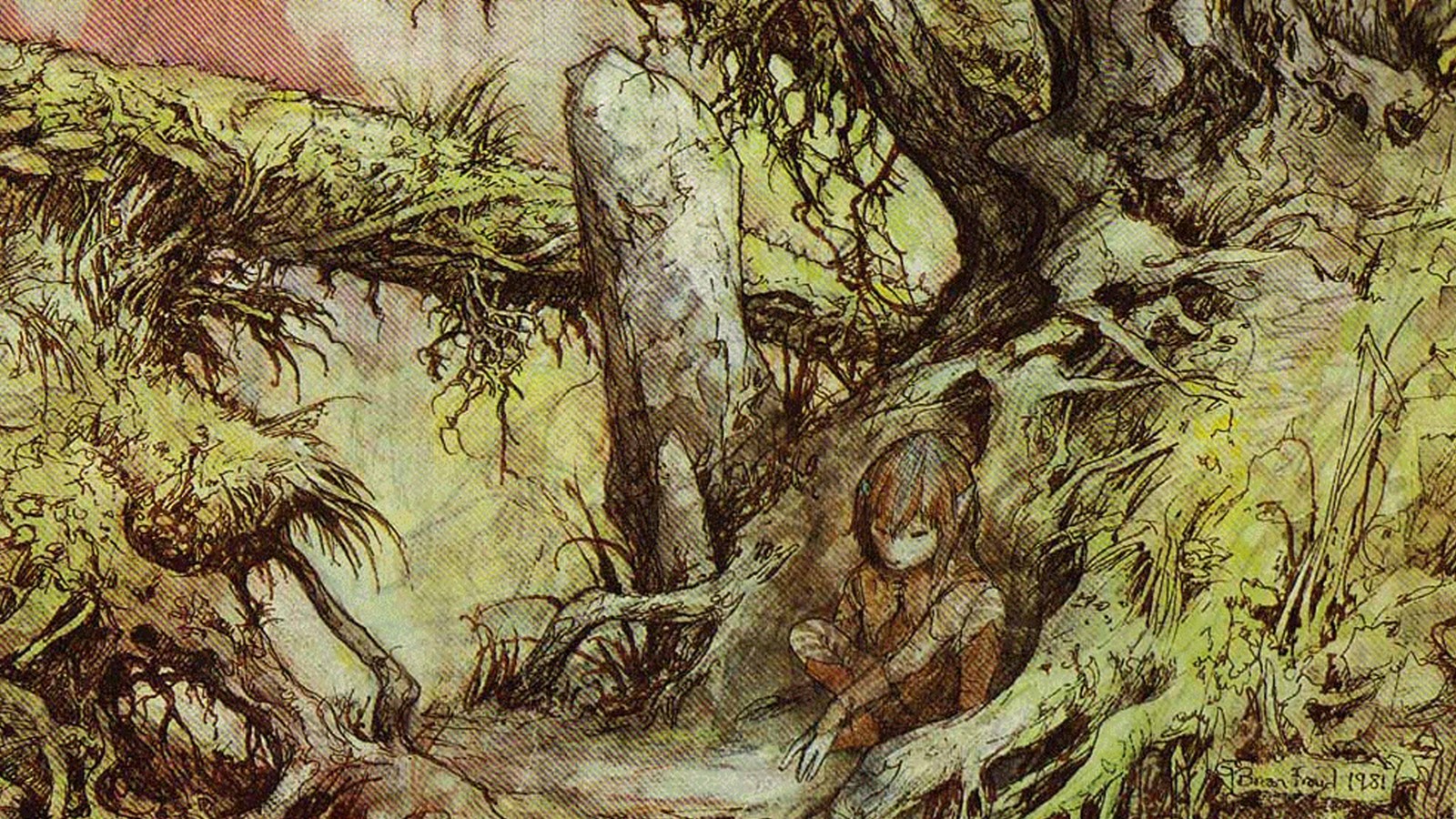
For Toby, who shares that his first cognitive memory is of “Jim Henson trying to convince (him) he was Kermit the Frog,” being able to collaborate with his father over the past few years has presented a serendipitous return to his roots.
“To grow up seeing my father’s art around me has been beautiful but, in recent years to work on certain projects, it’s been an honor to be able to stand next to him,” he gushes. “What’s amazing is that we, as a family, came back together. The Froudian World is where I live, it’s home to me… I am just as much a fan of his art as I am his son. I’m a huge fan of the films he helped create, I am a huge fan of the art he shows the world. To be a part of that and to be able to share that with the world is certainly wonderful and to present it with my father is a dream.”
As longtime fans of The Dark Crystal wait with bated breath for news about the Age of Resistance, as well as continue to petition for a sequel to Labyrinth, the deeply emotional impact of both pop culture classics is not lost on the Frouds.
“People had never seen anything like either of those films. They appealed to people’s emotions and took them to a place that seemed strange and familiar at the same time. I believe that both of the films still do that,” Wendy muses.
“There’s an enchantment to it. It’s puppetry. We know they’re puppets and yet we’re seduced and we’re entranced by the things that they do,” Froud, who says “making people believe” has been his greatest challenge, adds.
“I’ve discovered over the years that younger people watching will ask me, ‘Well, what am I looking at?’ And I’ll say, ‘Well, what do you mean?’ They can’t understand how we did it and I’ll say, ‘What? It’s just puppets.’ They’re used to being in a digital age. They can see it’s not digital, but they can’t quite figure out what it is. And what it is, is it’s real,” he says, laughing. “I think that gives it its strength and its longevity.”
Lead image courtesy of The Jim Henson Company
